“Theatre has nothing to do with buildings or other physical constructions. Theatre - or theatricality - is the capacity, this human property which allows man to observe himself in action, in activity. Man can see himself in the act of seeing, in the act of acting, in the act of feeling, the act of thinking. Feel himself feeling, think himself thinking."
-Augusto Boal
Image theatre is a participative style of theatre (actors and audience interchange roles to co create an act) developed by Augusto Boal, the father of Theatre of the Oppressed. Based on the idea that a picture speaks a thousand words, image theatre enables the participants to express their stories in static images formed with body collectively (think the game of London Statue). Once images are formed, the facilitator creates discussions around how they view the images, what are the power dynamics they see emerging for example and what can be alternative ways of reframing the images in an empowering way, thus harnessing the collective wisdom of the group. By recreating new images based on possible actions suggested, the participants are able to experience new action. This is the “rehearsal for reality” that Boal has talked about extensively.
Such a processcreates a space for participants to enter their challenges physically, mentally and emotionally, in a safe setting, view it from a distance as well as through the eyes of the group, brainstorm on reframing the perspective and allow oneself to discover a plethora of options in a seemingly choice less situation. As a facilitator, for me this process is very provocative, impactful and enjoyable in some of the ways I mention below-
- Embodiment- Image is a form of embodied language that emerges from our interaction within the world. Here words are suspended to let a new language emerge. Everyday experiences by the perception of the body, become an act of performance. This act (a moment of a story from someone’s life) can be witnessed, or be played with like a remote controlled video - moved backward or forward to the events in the past or future. This playing around with the images can offer several creative possibilities and perspectives for each person involved. Moments of insight become tangible and aesthetic, as the body pulsates with the memory of the emerging images.
- Story- Image is narrative. Since there are no words, participants share their interpretation of how they are seeing the story unfold. This often can reveal one’s patterned thinking in a non-threatening way. Often the images are not linear in its unfolding. This can make the analytical part of us feel stretched to make meaning of the constantly evolving story and thus step out of our comfort-zone thinking. When one relaxes into creating shapes in the air using one’s body, limbs in relationships to be named, without preconception, expectation - one can explore and uncover new possibilities that the thinking mind may not be able to fathom.
- Collective problem-posing process- it involves genuine participation of all those concerned in the learning and removes the teacher-learner hierarchy. The facilitator is not deemed to be the dominating voice of authority. The process is rather a collaborative venture between all present in the process. Due to its collaborative nature, this process becomes a powerful tool for learning and empowerment through dialogue.
Thus self-discovery through image theatre can be a very unique experience- as the body finds and leads expression in very fulfilling ways, towards deep insights beyond the realms of the thinking mind.

